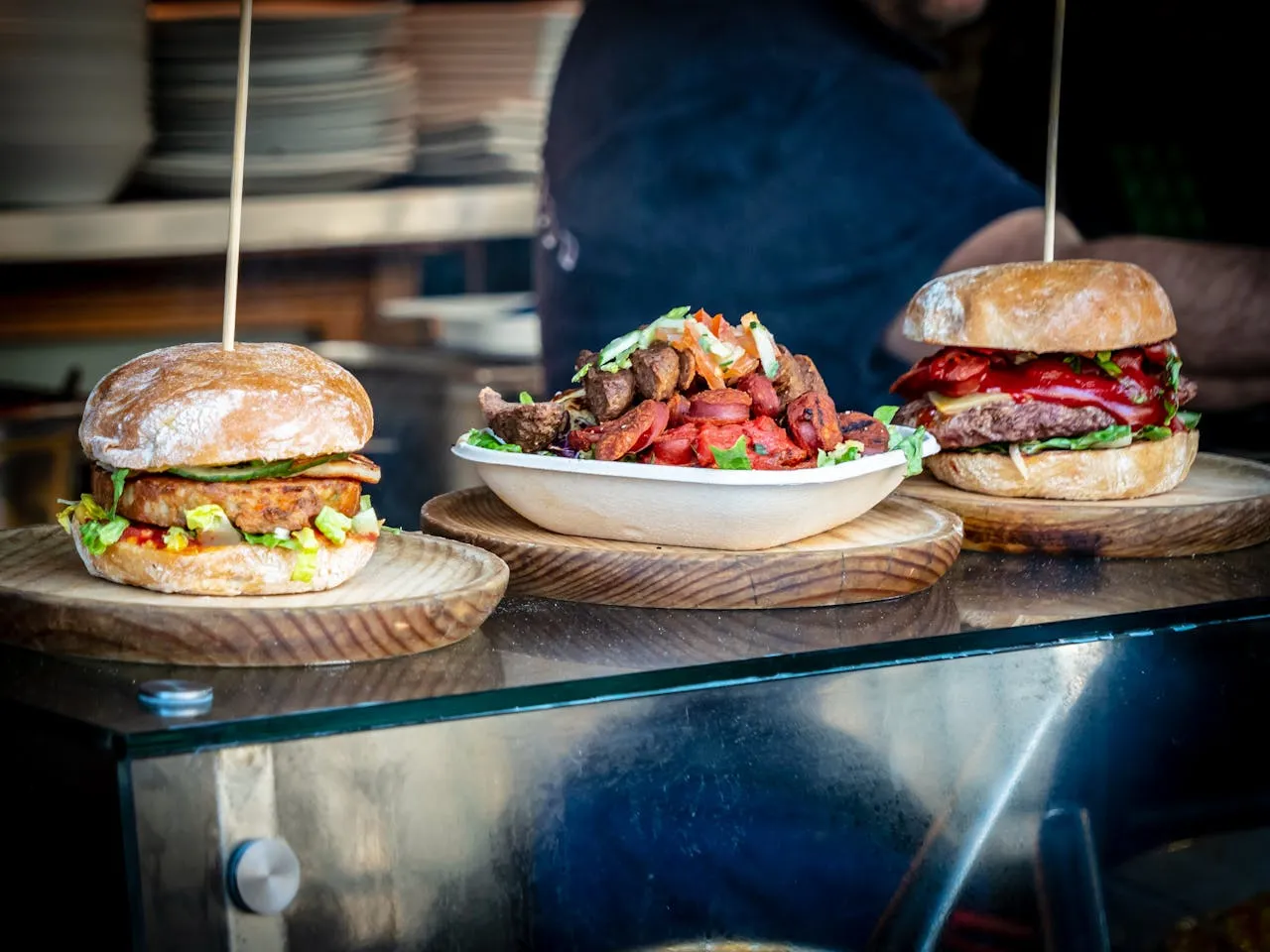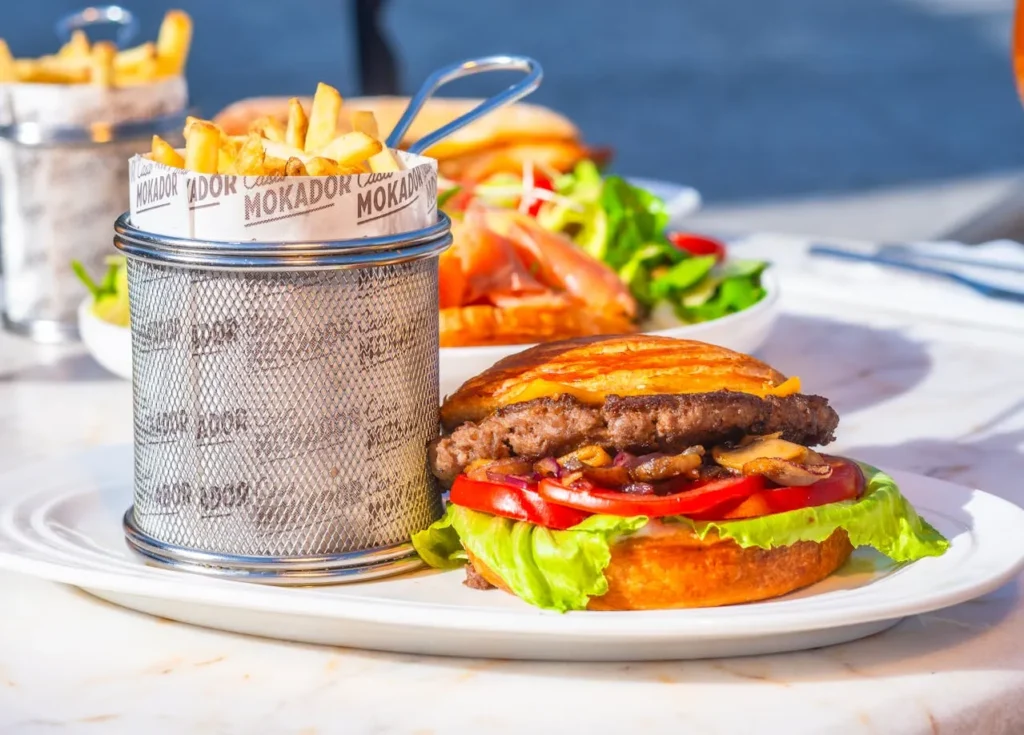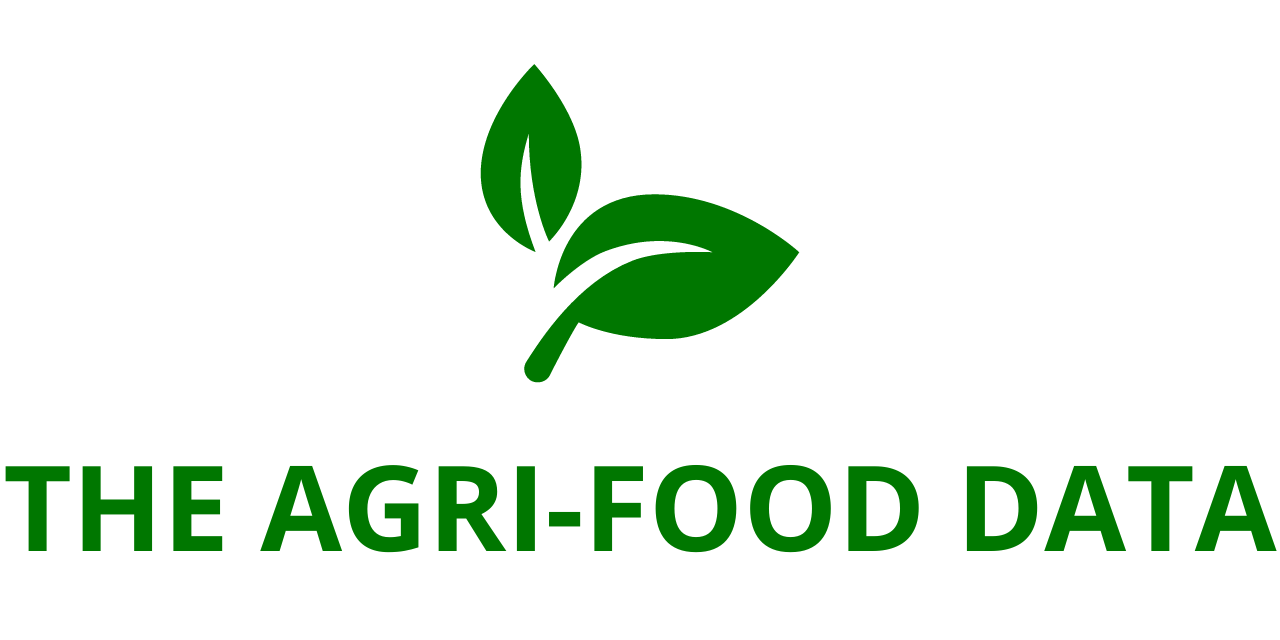
A new industry analysis titled “United States Fast Food and Quick Services Restaurants Market Size and Share Analysis – Growth Trends and Forecast Report 2025-2033″ has been added to ResearchAndMarkets.com’s offering. This comprehensive report highlights the continued expansion and transformation of the U.S. fast food and quick service restaurant (QSR) sector, which remains a major force within the country’s broader foodservice industry.
According to the findings, the U.S. fast food and QSR market was valued at USD 248.8 billion in 2024, with expectations to grow at a compound annual growth rate (CAGR) of 3.74% between 2025 and 2033. If current projections hold, the market will reach USD 345.6 billion by 2033. This growth is being propelled by a combination of shifting consumer preferences, digital transformation, innovation in menus, and a broader demand for fast, affordable, and increasingly health-conscious food options.
Key Growth Drivers Fueling Market Expansion
1. Demand for Convenience and On-the-Go Meal Solutions
The fast-paced lifestyle of American consumers has become a foundational driver of the QSR sector. With long work hours, increased time pressures, and a cultural shift toward instant gratification, there has been a strong push toward dining options that require minimal wait time or preparation. Quick service restaurants have filled this void by providing a seamless dining experience through features such as drive-thru services, online ordering, and third-party delivery platforms like Uber Eats, Grubhub, and DoorDash.
Moreover, the rise of contactless technologies such as mobile payments, digital menus, and automated kiosks has enhanced operational efficiency and customer satisfaction. These technologies not only reduce wait times but also make the ordering experience more interactive and tailored to individual preferences.
Notable industry innovation includes the launch of Perkins Griddle Go, a new fast-casual concept introduced by Perkins American Food Co. in 2024. Designed specifically for on-the-go consumers, the first location opened in October and reflects a growing trend toward hybrid models that offer both speed and quality.
2. Menu Innovation and the Shift Toward Healthier Options
As public awareness around health and wellness grows, consumer demand has extended beyond convenience to include nutritional value and dietary transparency. Fast food giants such as McDonald’s, Burger King, and Subway are evolving to meet this demand by expanding their menus with salads, grilled proteins, plant-based meats, and low-calorie offerings.
This push for healthier fare is not only a response to consumer expectations but also a competitive strategy to attract health-conscious millennials, Generation Z, and other demographic groups focused on nutrition. The growing presence of meat alternatives, such as those offered by Beyond Meat and Impossible Foods, reflects the increasing popularity of flexitarian diets and vegetarian lifestyle choices.
Additionally, regulatory and governmental efforts are reinforcing these trends. In June 2024, during the National Rural Grocers Summit, the U.S. Agriculture Secretary announced a new initiative under the Healthy Food Financing Initiative (HFFI), unveiling the Food Access and Retail Expansion Fund (FARE Fund). Funded by the American Rescue Plan Act, this program is designed to increase access to healthy foods for underserved communities, which could have a cascading impact on fast food menus nationwide.
3. Technology and Digital Transformation
Digitalization has emerged as a cornerstone of the QSR industry’s growth. From mobile ordering apps to AI-powered recommendation engines, technological innovation is transforming both front-of-house and back-of-house operations. Major chains such as Starbucks and Chick-fil-A have taken the lead by introducing loyalty programs, customized rewards, and streamlined mobile ordering systems.
Artificial intelligence is also playing an increasingly important role in inventory management, food preparation, and customer service. These advancements are helping brands reduce waste, cut labor costs, and improve service speed. The emergence of ghost kitchens and virtual restaurant brands—designed solely for delivery—has reshaped how the fast food business operates in a digital-first economy.

In February 2024, My Place Hotels of America partnered with Grubhub to offer seamless room-to-door food delivery. Guests can now scan a QR code to access the Grubhub marketplace, streamlining the order process and delivery logistics for travelers—yet another example of how digital integration is creating new customer touchpoints.
Key Market Challenges
Despite strong growth, the fast food and QSR sector is not without its challenges.
1. Rising Food and Labor Costs
One of the most pressing issues is the increase in operating expenses due to inflation, supply chain disruptions, and labor shortages. As ingredient prices climb and wages rise in response to workforce shortages, many restaurants are forced to raise menu prices to offset the impact. While these increases may be necessary for sustainability, they also risk alienating price-sensitive consumers.
Moreover, employee retention remains a major concern in an industry notorious for high turnover. To remain competitive, fast food brands must offer more than just a paycheck—they need to provide benefits, career development, and a positive work environment. The cost of sustainable packaging, eco-friendly sourcing, and compliance with federal regulations further compounds financial strain.
2. Intense Market Competition and Saturation
The U.S. QSR landscape is one of the most competitive food markets globally. While legacy brands like McDonald’s, Wendy’s, and Taco Bell maintain a firm grip on the market, they face rising pressure from fast-casual newcomers like Chipotle, Sweetgreen, and Shake Shack. These newer entrants appeal to diners by offering customizable meals, premium ingredients, and sustainable practices, blurring the lines between fast food and casual dining.
Additionally, international brands and independent chains are constantly entering the U.S. market, further increasing competition. As a result, restaurants must consistently innovate, adapt marketing strategies, and enhance customer engagement to maintain and grow their market share. The ability to differentiate through brand storytelling, loyalty incentives, and unique menu items is now more important than ever.
Future Outlook: Opportunities and Trends
Looking ahead, the U.S. fast food and QSR market is expected to continue evolving in response to consumer behavior, technological advancements, and macro-economic conditions. There is a strong opportunity for growth in suburban and rural markets, especially through drive-thru only and mobile-first store formats.
Sustainability and corporate responsibility will also play an increasing role in shaping brand perception. Consumers are more likely to support businesses that show commitment to environmental, social, and governance (ESG) initiatives, such as reduced food waste, eco-friendly packaging, and community involvement.
In conclusion, while the road ahead presents both opportunities and challenges, the U.S. fast food and quick service restaurant industry remains resilient, adaptive, and well-positioned for sustainable long-term growth. Brands that can balance innovation, efficiency, and customer-centric experiences will be the ones to lead the sector into the next decade.
Let me know if you’d like a version formatted for publication, with subheadings styled or shortened for readability.






